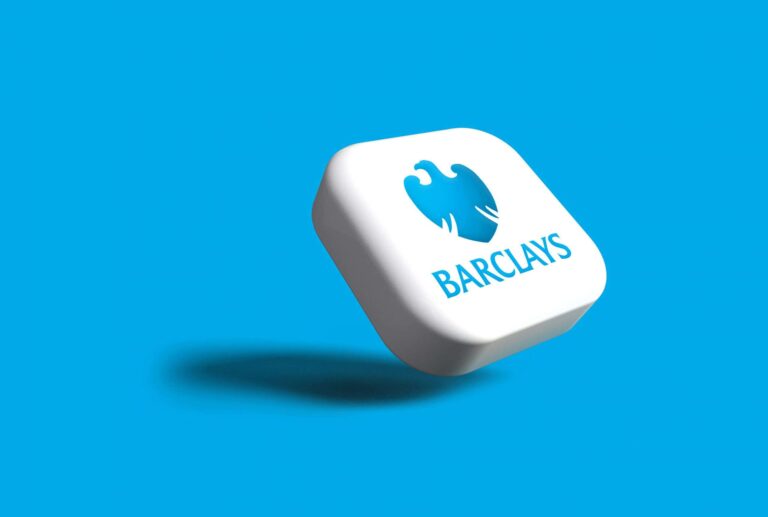Unlocking Financial Security: The Critical Role of Automated AML Verification in Modern Crime Prevention
Money laundering poses a serious risk to global financial systems, acting as both a standalone crime and a facilitator for other illicit activities such as drug trafficking, human smuggling, and terrorism. It is imperative for businesses that deal with significant financial transactions to establish comprehensive Anti-Money Laundering (AML) procedures to mitigate these risks.
Understanding AML Procedures
At the heart of an effective AML strategy are the Know Your Customer (KYC) and Know Your Business (KYB) processes. These essential steps encompass:
- Thorough identification and verification of clients
- Screening for potential risks
- Ongoing monitoring of client activities
Moreover, recognizing Red Flags is crucial in identifying potential money laundering activities. By detecting these warning signs early, businesses can proactively combat financial crime and avoid the repercussions associated with AML non-compliance.
Categories of Red Flags
The Financial Action Task Force (FATF) classifies Red Flags into four main categories:
- Client behaviors
- Sources of funds
- Unusual use of professional advice
- The nature of specific transactions
Each category provides indicators that may suggest suspicious activities. While FATF identifies 42 specific Red Flags, here are ten critical signs that businesses should closely monitor:
- Clients who are secretive about their personal or financial information
- Complex ownership structures, including shell companies
- Engagement with Politically Exposed Persons (PEPs), their relatives, and close associates
- Clients featured in adverse media coverage
- Unclear or suspicious sources of funds, particularly involving third-party funding
- Frequent changes in professional advisors
- Transactions that deviate from a client’s normal business operations
- Inconsistent lifestyle indicators compared to declared income
- Unexplained purchases of high-value assets like precious metals
- Money transactions involving high-risk geographic regions
Money Laundering and the UK Property Market
The UK property market is notably susceptible to money laundering, given the high value of transactions and the anonymity of certain buyers. Key Red Flags in this sector include:
- Use of shell companies for property purchases
- Foreign buyers lacking a clear connection to the property
- Discrepancies between buyer income and property value
- Transactions that appear under- or over-valued
- Large cash payments
Enhancing Compliance with Automation
Given the increasing scale and complexity of AML monitoring, relying solely on manual processes can be inadequate. Automated verification platforms, such as SmartSearch, offer a robust solution for firms aiming to strengthen their AML compliance.
SmartSearch provides a digital, cloud-based platform that supports both client onboarding and continuous monitoring. Its award-winning features enable businesses to:
- Verify customer identities
- Screen for PEPs, RCAs, and sanctions
- Detect inconsistencies in client data
Additionally, it conducts thorough business checks to reveal ultimate beneficial owners and corporate structures, effectively uncovering shell companies. Real-time monitoring through Dow Jones Watch List integration ensures businesses are promptly notified of any changes in a client’s risk status. Furthermore, SmartSearch equips firms with tools to trace sources of funds and check for fraudulent activities, making it an essential partner in the fight against money laundering.







